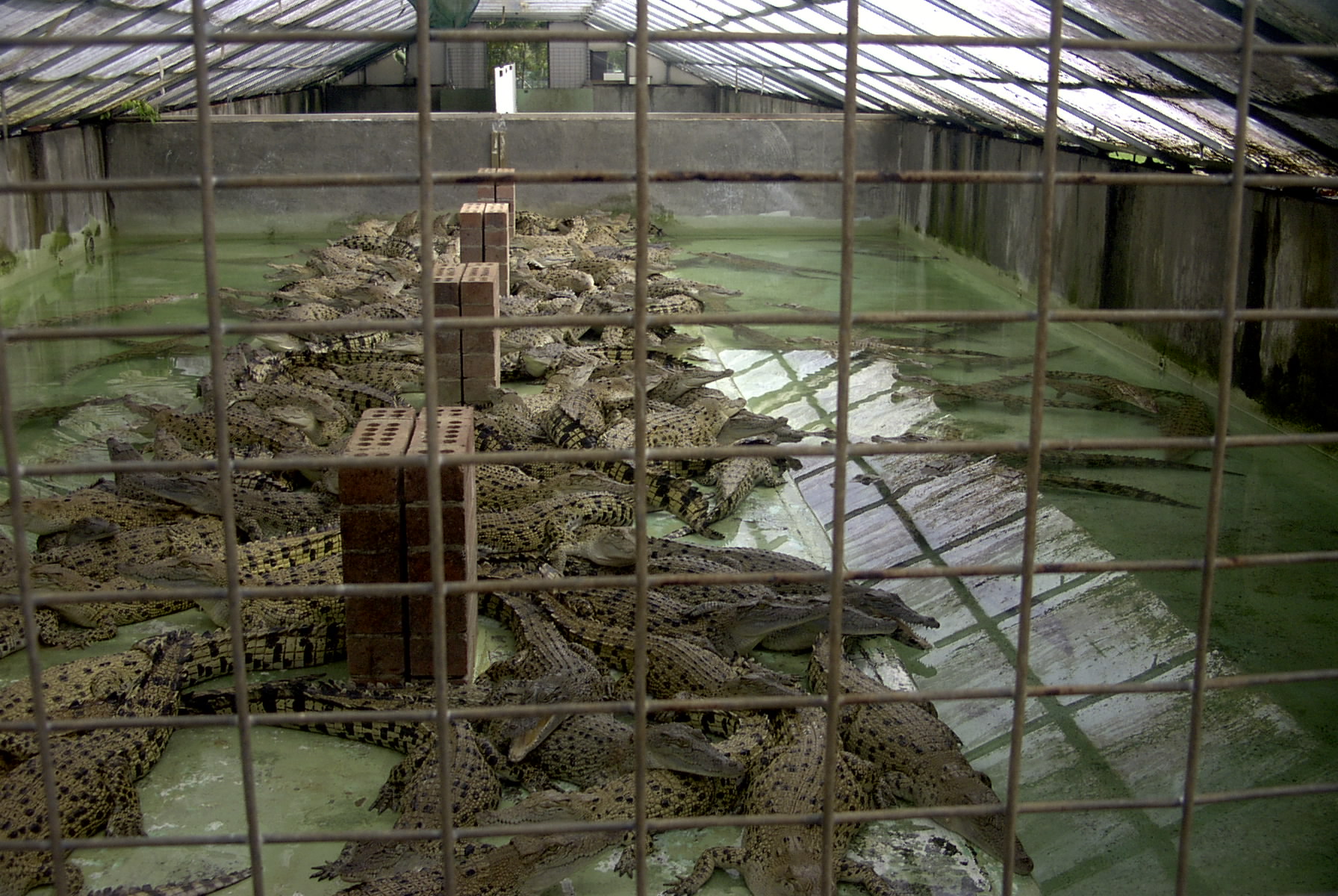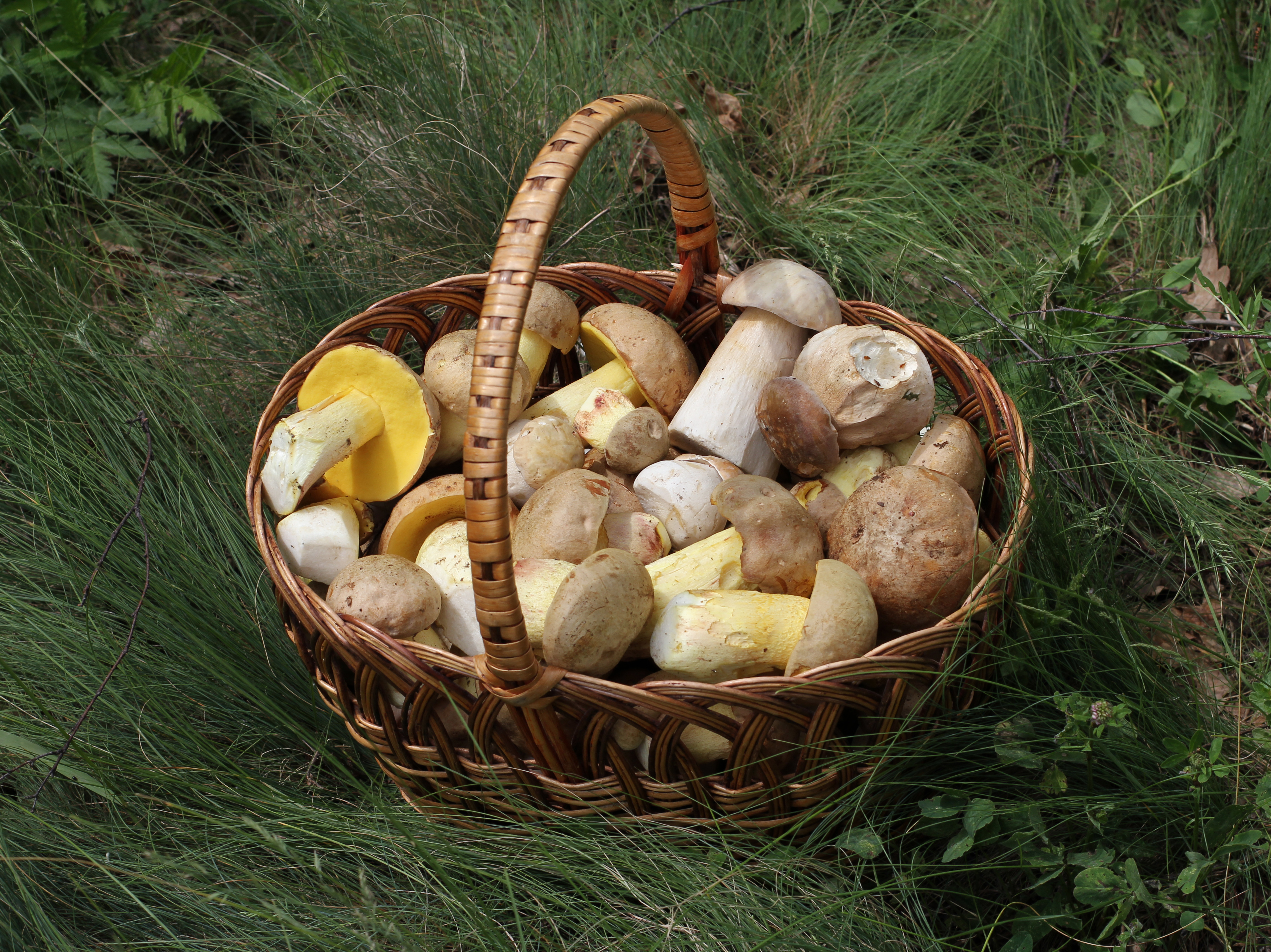|
Diébougou
Diébougou is a town in Burkina Faso, situated south-east of Bobo-Dioulasso on the main highway to Ghana. It is located 74 kilometres north of Gaoua and 133 km west of Leo, Burkina Faso and is the capital of Bougouriba Province. The town was captured by the French Colonial forces in May 1897; they established a military base there. The town is an important market town and has a range of crafts, including pottery and basket work. There are caves near the town known to locals as ''les grottes''. They were built under the French colonial command around 1900 using forced labour and form a network of tunnels to the west of the town.Manson, K., Knight, J. (2006), ''Burkina Faso'', p.226, Bradt Travel Guides, The Globe Pequot Press Inc., Retrieved on June 17, 2008 There is also a swamp with crocodile Crocodiles (family (biology), family Crocodylidae) or true crocodiles are large, semiaquatic reptiles that live throughout the tropics in Africa, Asia, the Americas and Austral ... [...More Info...] [...Related Items...] OR: [Wikipedia] [Google] [Baidu] |
Bougouriba Province
Bougouriba is one of the 45 provinces of Burkina Faso and is in Sud-Ouest Region. In 2019 the population of Bougouriba was 153,606. The capital of Bougouriba is Diébougou. The 127 km2 Bontioli Reserve is located in the province. Bougouriba is divided into 5 departments: See also: *Regions of Burkina Faso *Provinces of Burkina Faso The regions of Burkina Faso are divided into 45 administrative provinces. These 45 provinces are currently sub-divided into 351 Departments of Burkina Faso, departments or communes. List of provinces by region Here is a list of the province ... * Communes of Burkina Faso References Provinces of Burkina Faso {{Bougouriba-geo-stub ... [...More Info...] [...Related Items...] OR: [Wikipedia] [Google] [Baidu] |
Sud-Ouest Region (Burkina Faso)
Sud-Ouest (, "Southwest") is one of Burkina Faso's 13 administrative Regions of Burkina Faso, regions. It was created on July 2, 2001 and had a population of 874,030 in 2019. It covers an area of 16,153 km2. The region's capital is Gaoua. Four Provinces of Burkina Faso, provinces make up the region—Bougouriba, Ioba, Noumbiel, and Poni Province, Poni. As of 2019, the population of the region was 874,030 with 51.7% females. The population in the region was 4.26% of the total population of the country. The child mortality rate was 98, infant mortality rate was 107 and the mortality of children under five was 195. As of 2007, the literacy rate in the region was 18.1%, compared to a national average of 28.3%. The coverage of cereal need compared to the total production of the region was 156%. Geography Most of Burkino Faso is a wide plateau formed by riverine systems and is called falaise de Banfora. There are three major rivers, the Red Volta, Black Volta and White Volta, whi ... [...More Info...] [...Related Items...] OR: [Wikipedia] [Google] [Baidu] |
Provinces Of Burkina Faso
The regions of Burkina Faso are divided into 45 administrative provinces. These 45 provinces are currently sub-divided into 351 Departments of Burkina Faso, departments or communes. List of provinces by region Here is a list of the provinces, with their capitals in parentheses: Central Burkina Faso Centre Region (Burkina Faso), Centre Region * Kadiogo Province, Kadiogo (Ouagadougou) (#14 in map) Centre-Nord Region * Bam Province, Bam (Kongoussi) (#2 in map) * Namentenga Province, Namentenga (Boulsa) (#26 in map) * Sanmatenga Province, Sanmatenga (Kaya, Burkina Faso, Kaya) (#34 in map) Centre-Sud Region * Bazèga Province, Bazèga (Kombissiri) (#4 in map) * Nahouri Province, Nahouri (Pô) (#25 in map) * Zoundwéogo Province, Zoundwéogo (Manga, Burkina Faso, Manga) (#45 in map) Plateau-Central Region * Ganzourgou Province, Ganzourgou (Zorgho) (#9 in map) * Kourwéogo Province, Kourwéogo (Boussé) (#21 in map) * Oubritenga Province, Oubritenga (Ziniaré) (#29 in map) East ... [...More Info...] [...Related Items...] OR: [Wikipedia] [Google] [Baidu] |
French West Africa
French West Africa (, ) was a federation of eight French colonial empires#Second French colonial empire, French colonial territories in West Africa: Colonial Mauritania, Mauritania, French Senegal, Senegal, French Sudan (now Mali), French Guinea (now Guinea), French Ivory Coast, Ivory Coast, French Upper Volta, Upper Volta (now Burkina Faso), French Dahomey, Dahomey (now Benin) and Colony of Niger, Niger. The federation existed from 1895 until 1958. Its capital was Saint-Louis, Senegal, Saint-Louis in Senegal until 1902, and then Dakar until the federation's collapse in 1960. With an area of 4,689,000 km2, French West Africa was eight times the size of Metropolitan France. French Equatorial Africa had an additional area of 2,500,000 km2. History Until after World War II, almost none of the Africans living in the colonies of France were citizens of France. Rather, they were "French subjects," lacking rights before the law, property ownership rights, rights to travel, dissen ... [...More Info...] [...Related Items...] OR: [Wikipedia] [Google] [Baidu] |
Pottery
Pottery is the process and the products of forming vessels and other objects with clay and other raw materials, which are fired at high temperatures to give them a hard and durable form. The place where such wares are made by a ''potter'' is also called a ''pottery'' (plural ''potteries''). The definition of ''pottery'', used by the ASTM International, is "all fired ceramic wares that contain clay when formed, except technical, structural, and refractory products". End applications include tableware, ceramic art, decorative ware, toilet, sanitary ware, and in technology and industry such as Insulator (electricity), electrical insulators and laboratory ware. In art history and archaeology, especially of ancient and prehistoric periods, pottery often means only vessels, and sculpture, sculpted figurines of the same material are called terracottas. Pottery is one of the Timeline of historic inventions, oldest human inventions, originating before the Neolithic, Neolithic period, w ... [...More Info...] [...Related Items...] OR: [Wikipedia] [Google] [Baidu] |
Crocodile
Crocodiles (family (biology), family Crocodylidae) or true crocodiles are large, semiaquatic reptiles that live throughout the tropics in Africa, Asia, the Americas and Australia. The term "crocodile" is sometimes used more loosely to include all extant taxon, extant members of the order (biology), order Crocodilia, which includes the alligators and caimans (both members of the family Alligatoridae), the gharial and false gharial (both members of the family Gavialidae) as well as other extinct Taxon, taxa. Crocodile Measurement, size, Morphology (biology), morphology, behaviour and ecology differ among species. However, they have many similarities in these areas as well. All crocodiles are semiaquatic and tend to congregate in freshwater habitats such as rivers, lakes, wetlands and sometimes in brackish water and Seawater, saltwater. They are carnivorous animals, feeding mostly on vertebrates such as fish, reptiles, birds and mammals, and sometimes on invertebrates such as mol ... [...More Info...] [...Related Items...] OR: [Wikipedia] [Google] [Baidu] |
Swamp
A swamp is a forested wetland.Keddy, P.A. 2010. Wetland Ecology: Principles and Conservation (2nd edition). Cambridge University Press, Cambridge, UK. 497 p. Swamps are considered to be transition zones because both land and water play a role in creating this environment. Swamps vary in size and are located all around the world. The water of a swamp may be fresh water, brackish water, or seawater. Freshwater swamps form along large rivers or lakes where they are critically dependent upon rainwater and seasonal flooding to maintain natural water level fluctuations.Hughes, F.M.R. (ed.). 2003. The Flooded Forest: Guidance for policy makers and river managers in Europe on the restoration of floodplain forests. FLOBAR2, Department of Geography, University of Cambridge, Cambridge, UK. 96 p. Saltwater swamps are found along tropical and subtropical coastlines. Some swamps have hammock (ecology), hammocks, or dry-land protrusions, covered by aquatic vegetation, or vegetation that tolerate ... [...More Info...] [...Related Items...] OR: [Wikipedia] [Google] [Baidu] |
Forced Labour
Forced labour, or unfree labour, is any work relation, especially in modern or early modern history, in which people are employed against their will with the threat of destitution, detention, or violence, including death or other forms of extreme hardship to either themselves or members of their families. Unfree labour includes all forms of slavery, penal labour, and the corresponding institutions, such as debt slavery, serfdom, corvée and labour camps. Definition Many forms of unfree labour are also covered by the term forced labour, which is defined by the International Labour Organization (ILO) as all involuntary work or service exacted under the menace of a penalty.Andrees and Belser, "Forced labor: Coercion and exploitation in the private economy", 2009. Rienner and ILO. However, under the ILO Forced Labour Convention of 1930, the term forced or compulsory labour does not include: *"any work or service exacted in virtue of compulsory military service laws for w ... [...More Info...] [...Related Items...] OR: [Wikipedia] [Google] [Baidu] |
Cave
Caves or caverns are natural voids under the Earth's Planetary surface, surface. Caves often form by the weathering of rock and often extend deep underground. Exogene caves are smaller openings that extend a relatively short distance underground (such as rock shelters). Caves which extend further underground than the opening is wide are called endogene caves. Speleology is the science of exploration and study of all aspects of caves and the cave environment. Visiting or exploring caves for recreation may be called Caving, ''caving'', ''potholing'', or ''spelunking''. Formation types The formation and development of caves is known as ''speleogenesis''; it can occur over the course of millions of years. Caves can range widely in size, and are formed by various geological processes. These may involve a combination of chemical processes, erosion by water, tectonic forces, microorganisms, pressure, and atmospheric influences. Isotopic dating techniques can be applied to cave sedime ... [...More Info...] [...Related Items...] OR: [Wikipedia] [Google] [Baidu] |
Basket
A basket is a container that is traditionally constructed from stiff Fiber, fibers, and can be made from a range of materials, including wood splints, Stolon, runners, and cane. While most baskets are made from plant materials, other materials such as horsehair, baleen, or metal wire can be used. Baskets are generally woven by hand. Some baskets are fitted with a lid, while others are left open on top. Uses Baskets serve utilitarian as well as aesthetic purposes. Some baskets are ceremonial, that is religious, in nature. While baskets are usually used for Harvest, harvesting, storage and transport, specialized baskets are used as sieves for a variety of purposes, including cooking, processing seeds or grains, tossing gambling pieces, rattles, fans, fish traps, and laundry basket, laundry. History Prior to the invention of woven baskets, people used Bark (botany), tree bark to make simple containers. These containers could be used to transport gathered food and other items, b ... [...More Info...] [...Related Items...] OR: [Wikipedia] [Google] [Baidu] |
Gaoua
Gaoua is a market town in southern Burkina Faso known for its superstitious values and customs. The population, rested at 45,284. (2019 census) Located in the red earth, green hills, and fast flowing streams of southwestern Burkina Faso, Gaoua is the capital of Poni Province and forms a sort of capital for the sacred rites and bush lore of the Lobi peoples. According to local myth, Gaoua was founded when the Lobi migrated across from northern Ghana where they found the Gan people occupying the territory. As a result, they named the trek across to Gaoua ''Gan-houo'' meaning "route of the Gan people". Attractions in the town include a sacred grove of trees, the Poni Museum (''Musée des Civilisations des Peuples du Sud-Ouest'' or ''Musée du Poni'') and caves. There is also a mosque on elevated ground near the centre. The Gaoua Catholic parish Church of the Sacred Heart will be the cathedral for the newly erected Catholic Diocese of Gaoua. Lobi Goldfields Though their ancient hom ... [...More Info...] [...Related Items...] OR: [Wikipedia] [Google] [Baidu] |








